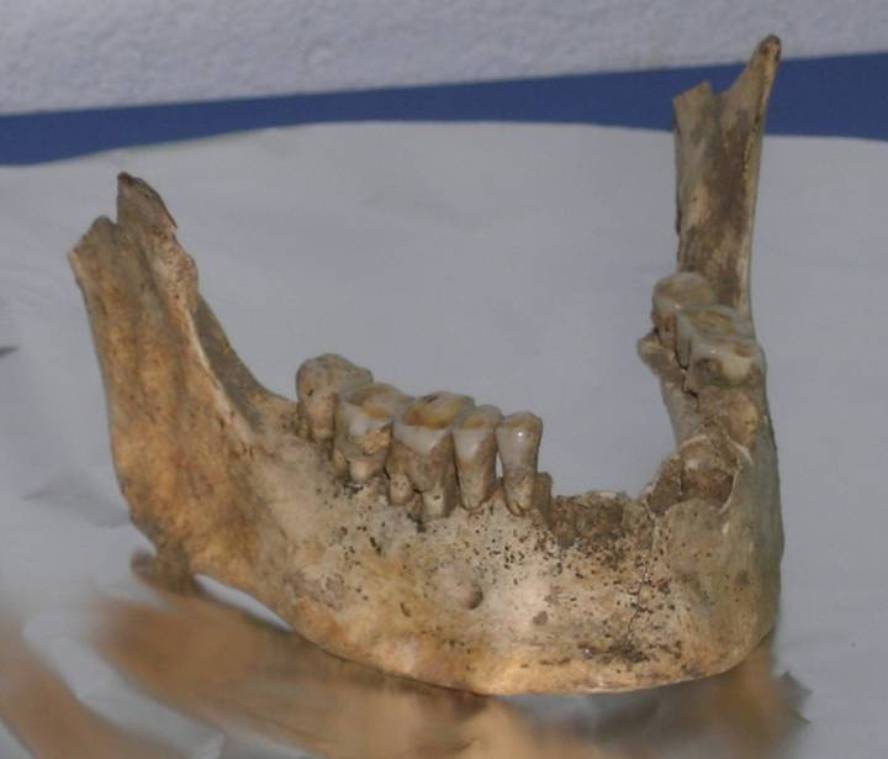A group of the UPV/EHU has shown that the inhabitants of Busturialdea are heirs of those who lived in Santimamiñe
According to Marian Martínez de Pancorbo, “this is an innovative research, since the archaeological population is normally studied, but on this occasion we have thought that there could be a genetic transmission, and based on this we have designed for the first time the research”.
In fact, the fact that the population is Basque has allowed it to do so. “To see if there are lineages, here, through the surnames, we can easily see that families with 8-16 surnames have been there, before the industrial revolution. According to Martínez de Pancorbo, elsewhere it is not so easy, it is a special case.
Thus, they have chosen 158 people and have confirmed that their DNA correspond to the remains found in the cave. Specifically, Martínez de Pancorbo wanted to highlight the genetic analysis of the bones of Santimamiñe, “not technologically simple”. To carry out this work, the university has enabled two specific laboratories, “among them, ancient DNA is not contaminated with the current one”. In addition, part of the analysis has been carried out in collaboration with the University of Estrasbugo, specifically in replication.
Lineage of Amagandi
The oldest bone analyzed is a gag of 4,000 years ago. In addition, six more young bone fragments have been compared to him. They have always analyzed the DNA of mitochondria, “that is, we have analyzed the lineage of the mother,” said Martínez de Pancorbo.
“Depending on the age of the bones, between 250 and 70 generations have passed since then and we can assure that the population of Busturialdea has not had significant external genetic contributions during this period,” he explained. And even more: “Studies show that those people who lived in the area of Santimamiñe during the glaciation were a founding population that spread throughout western Europe. Now we have an intermediate point, 4,000 years ago, between the population of 10-12,000 years ago and the current one.”
Martínez de Pancorbo has advanced that they continue to investigate in the same line and hope that more results will soon come out.






